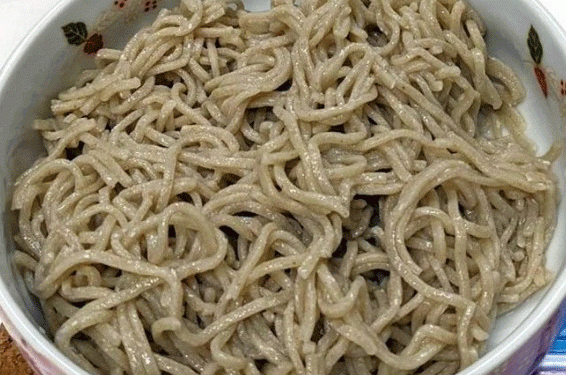Scientists from Kyoto University, the Riken National Research Institute, and other institutions have achieved a significant milestone by developing the world’s first glutinous buckwheat variety. This new type of buckwheat, which exhibits stickiness similar to rice and wheat varieties, promises to revolutionize soba noodle production and offer solutions to food security challenges.
Breakthrough Details and Implications
- Genomic Advances: The research team meticulously sequenced the buckwheat genome to understand its genetic makeup better. Their findings identified five genes associated with starch composition—specifically, amylopectin and amylose. Amylopectin contributes to stickiness, which is crucial for the texture of foods like soba noodles.
- Innovative Breeding Techniques: By applying chemicals to induce mutations in buckwheat seeds, researchers created individuals with two key genes nonfunctional. This resulted in a variety that produces sticky buckwheat, eliminating the need for wheat flour or other thickeners in soba noodle production.
- Production and Quality: The glutinous buckwheat was successfully cultivated at Kyoto University’s Experimental Farm. Flour from this variety was mixed with regular buckwheat flour to produce soba noodles that are both flavorful and have a desirable texture. These noodles did not snap easily when boiled and were noted for their smooth, aromatic qualities.
- Impact on Food Security: This new buckwheat variety is suitable for cultivation in highland areas, offering a promising solution to regions facing food shortages. By providing a high-quality, stickier buckwheat, the variety can enhance the nutritional and culinary diversity of diets worldwide.
The development of a glutinous buckwheat variety marks a significant advancement in agricultural science. By improving the quality of soba noodles and enhancing food security, this breakthrough represents a crucial step forward in addressing global food challenges. The ability to produce high-quality, glutinous buckwheat with minimal additional ingredients holds promise for both agricultural innovation and consumer satisfaction.
Error




